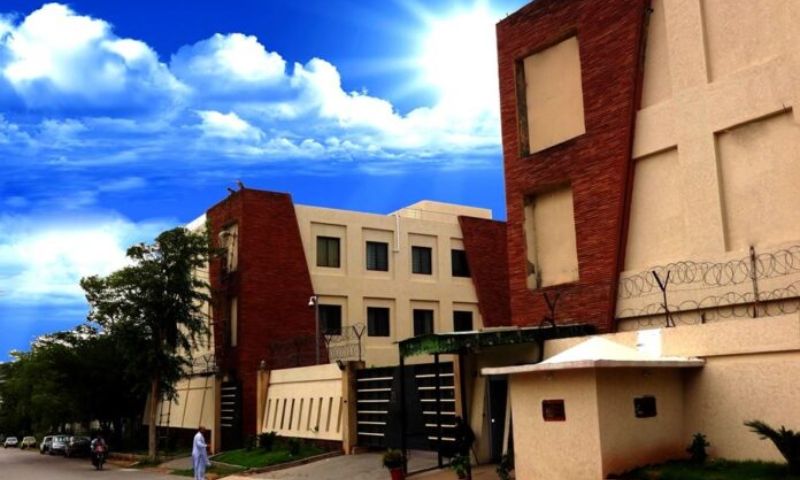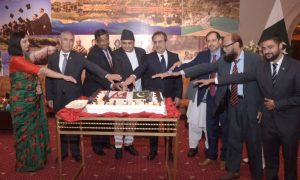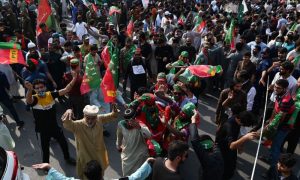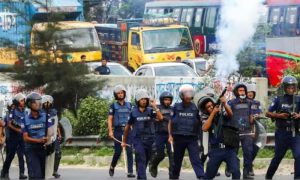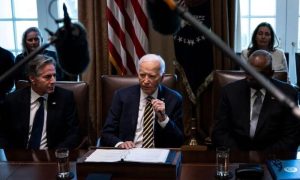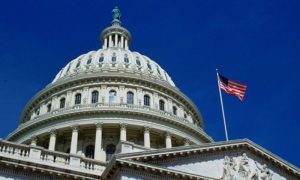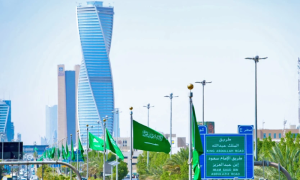LAHORE: The Punjab government faces formidable challenges in combating poverty amidst economic difficulties, aiming to alleviate the suffering of its impoverished population.
Despite being a complex phenomenon with economic, social, political, and cultural dimensions, concerted efforts and unwavering commitment are essential to make headway against poverty.
A recent study by the Pakistan Institute of Development Economics (PIDE) reported a poverty rate of approximately 30 percent in rural areas and around 39 percent overall in Punjab. This highlights the urgent need for targeted interventions to uplift the most vulnerable segments of society.
Riaz Riazuddin, former Deputy Governor of the State Bank of Pakistan, underscores the importance of short-term policies such as unconditional cash transfers to meet immediate needs, especially for food. He advocates for medium- and long-term strategies that include conditional cash transfers to empower the poor through education and vocational training, thereby enhancing their employability.
The United Nations’ Sustainable Development Goal 1 aims to eradicate extreme poverty globally by 2030, guiding Pakistan’s efforts despite setbacks caused by the COVID-19 pandemic. Sustainable poverty alleviation requires a multi-pronged approach, integrating macroeconomic stability to curb inflation and sustain growth.
Inflation control remains paramount amidst rising prices of essentials like petrol and electricity, necessitating stringent measures against market manipulations. Government initiatives like the Benazir Income Support Program and various provincial schemes, including free healthcare, education subsidies, and youth empowerment programs, play crucial roles in mitigating poverty’s impact.
Punjab’s Finance Minister, Mujtaba Shuja-ur-Rehman, emphasizes enhancing the province’s social welfare infrastructure through initiatives like a socio-economic registry system. This system aims to improve transparency and accessibility in delivering social welfare benefits, aligning with Chief Minister Maryam Nawaz’s vision to transform Punjab into an economic powerhouse.
While government efforts are pivotal, private sector engagement and philanthropy are equally vital. Collaborative efforts involving private enterprises in tax compliance and corporate social responsibility can significantly augment revenue generation and poverty alleviation initiatives.
The Punjab government’s commitment is evident in its substantial annual development plan (ADP) of Rs 842 billion, aimed at uplifting marginalized communities and enhancing their socio-economic status. However, effective implementation free from corruption, nepotism, and political interference remains crucial to ensure that development policies translate into tangible benefits for the people.
Addressing poverty in Punjab demands a comprehensive strategy encompassing policy coherence, sustainable economic growth, social protection measures, and robust governance. With concerted efforts from all stakeholders, including government, private sector, and civil society, Punjab can make significant strides towards reducing poverty and improving the quality of life for its residents.









